Ice
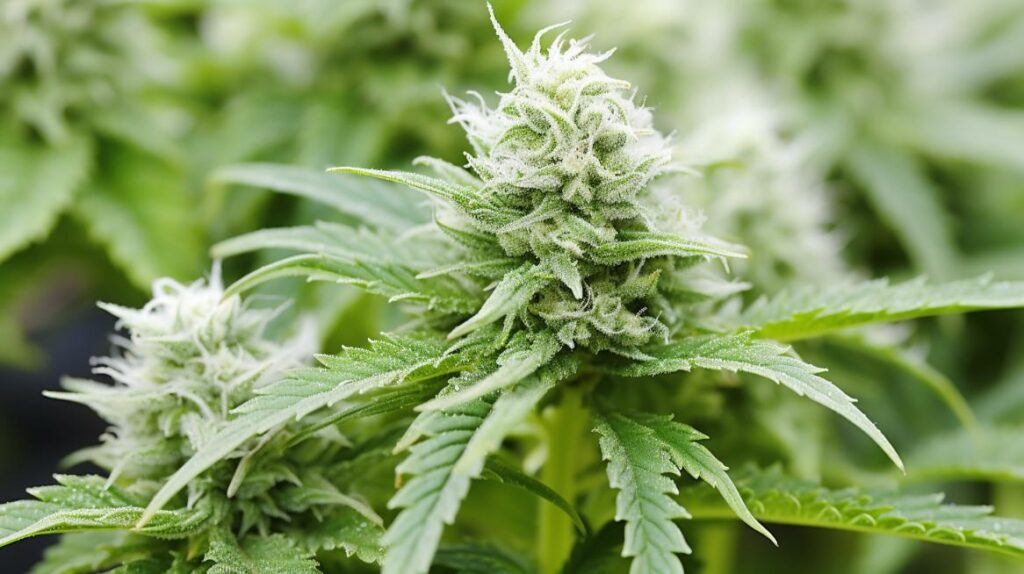
The Ice Weed Strain emerges as a remarkable contender in the cannabis market, distinguished by its robust genetic lineage that blends the vigor of Skunk #1, Afghani, Northern Lights, and Shiva.
This hybrid strain, renowned for its high THC content and energizing effects, walks a fine line between sedation and stimulation, offering a complex bouquet of diesel aromas with minty undertones.
Critics and enthusiasts alike report a spectrum of effects from sleepiness and focus to an enhanced social demeanor, albeit accompanied by some manageable adverse effects like dry mouth and eyes.
Indeed, the Ice Weed Strain’s multifaceted profile raises intriguing questions about its therapeutic potential and recreational appeal, compelling a closer examination of its characteristics and capabilities.
Genetic Lineage
The Ice Weed strain, a quintessential hybrid, owes its lineage to a meticulously selected combination of Skunk #1, Afghani, Northern Lights, and Shiva genetics, showcasing a dominant indica constitution with a nuanced sativa influence. This genetic amalgamation has resulted in a strain with a 90% indica and 10% sativa makeup, which is reflective of its balanced high that merges energizing effects with a sedating body buzz. The complex genetic lineage of Ice Weed contributes to its distinctive profile, combining the robust, earthy undertones characteristic of Afghani strains with the pungent, aromatic notes typical of Skunk #1. Northern Lights adds to the strain’s sedative qualities, whereas Shiva introduces a slightly uplifting and cerebral dimension, enhancing the strain’s versatility.
From a medical perspective, Ice Weed’s genetic foundation is particularly significant. Its indica dominance is primarily responsible for its efficacy in alleviating stress, pain, and anxiety, as reported by users. The strain’s effects begin with an energizing uplift that can be beneficial for managing fatigue or low mood, which gradually shifts into a profound body relaxation, addressing physical discomforts. This dual action, attributable to its genetic lineage, positions Ice Weed as a valuable option within the medical cannabis community.
THC/CBD Content
Regarding the THC and CBD content of the Ice Weed strain, it boasts a high THC level of approximately 18% and a relatively low CBD percentage of around 1%, marking it as a potent option with distinct psychoactive and therapeutic effects. The elevated THC content is primarily responsible for the strain’s pronounced psychoactive effects, which include intense euphoria and deep relaxation. This high THC level is a key factor in Ice Weed’s reputation for potency and effectiveness in inducing a strong psychoactive experience.
The CBD content, though minimal, plays an important role in modulating the effects of THC. Despite being low at about 1%, the CBD in Ice Weed contributes to a more balanced THC/CBD ratio, enhancing the therapeutic benefits without significantly diminishing the psychoactive experience. This balance helps in mitigating some of the potential adverse effects associated with high THC strains, such as anxiety or paranoia, making Ice Weed a suitable choice for users seeking potent effects coupled with a measure of therapeutic relief.
The balanced THC/CBD ratio in Ice Weed underscores its appeal to both recreational and medicinal users, offering a well-rounded experience that leverages the psychoactive and therapeutic potentials of cannabis.
Terpene Profile
After examining the THC and CBD content of the Ice Weed strain, it is important to explore its terpene profile, which includes myrcene, limonene, and caryophyllene, each contributing uniquely to the strain’s effects and aroma. The presence of myrcene, a terpene known for its sedative properties, suggests that the Ice strain may offer relaxing effects, making it potentially beneficial for users seeking relief from stress and insomnia. This terpene is also linked to the strain’s earthy aroma, adding depth to its scent profile.
Limonene, another dominant terpene in the Ice strain, is recognized for its mood-elevating properties. It introduces a citrusy note to the aroma, which not only enhances the overall sensory experience but may also contribute to the strain’s potential to uplift mood and provide stress relief. The inclusion of caryophyllene in the terpene profile is important for its potential anti-inflammatory and pain-relieving properties, suggesting that the Ice strain could offer therapeutic benefits to users with chronic pain or inflammation.
Understanding the terpene profile of the Ice Weed strain is important for predicting its potential effects and flavors. Each terpene contributes to a complex interplay of aromas and therapeutic benefits, making the Ice strain a subject of interest for both recreational and medicinal users.
Effects
Many users of the Ice Weed strain report a unique combination of energizing effects alongside a high THC potency, which distinguishes it from other cannabis varieties. This particular strain has attracted attention for its ability to induce a state of alertness and focus while simultaneously offering a soothing relaxation. The effects experienced by users highlight the complex interplay between the strain’s chemical composition and its impact on the human endocannabinoid system.
-
Energizing Effects: Ice Weed’s high THC content is primarily responsible for its stimulating effects, making users feel more awake and alert.
-
Mental Focus: Consumers often report an enhanced ability to concentrate on tasks, suggesting a potential benefit for tasks requiring sustained attention.
-
Social Interaction: A notable increase in talkativeness is observed among users, promoting social engagement.
-
Common Adverse Effects: Despite its positive attributes, some users experience dry mouth, dry eyes, and dizziness, which are typical side effects associated with cannabis use.
-
Flavor Profile: The unique flavors of menthol, mint, and chemical contribute to the overall experience, potentially influencing the strain’s effects.
In comparison to strains with similar effects, Ice Weed stands out for its balanced approach to energizing and relaxing the user, showcasing its distinct place within the cannabis landscape.
Medical Uses
The Ice Weed strain has demonstrated considerable utility in the medical cannabis community, particularly for its efficacy in treating conditions such as anxiety, chronic pain, and stress. By interacting with the body’s endocannabinoid system, this particular strain modulates neurotransmitter release, thereby reducing pain perception and enhancing mood. This mechanism is pivotal for individuals suffering from chronic pain, offering them a potential respite from constant discomfort without the significant side effects often associated with conventional pain medication.
Additionally, the anxiolytic properties of the Ice Weed strain are of paramount importance for patients dealing with anxiety disorders. By regulating cortisol levels and mitigating the fight-or-flight response, this strain helps in managing everyday stress, promoting a sense of calm and well-being. However, it is important to note that despite its benefits, Ice Weed’s limited CBD content renders it less effective as a standalone treatment for seizure disorders, underscoring the necessity for comprehensive medical guidance when considering its use for such conditions.
Furthermore, the strain’s ability to stimulate appetite is particularly beneficial for individuals experiencing a lack of appetite due to various health issues, making it a sought-after option in legal medical marijuana markets for its multifaceted therapeutic benefits.
Flavor and Aroma
Distinguished by its unique blend of aromas, the Ice Weed strain emanates a complex scent profile that combines diesel, menthol, and mint, greatly adding to its appeal among users. This intricate combination not only defines its aromatic presence but also greatly contributes to the overall sensory experience of consumption. The aroma serves as a prelude to the flavor profile, which mirrors the scent with its distinct notes of menthol, mint, and a subtle chemical-like undertaste. Users often describe the taste as invigorating and unparalleled, highlighting the strain’s uniqueness in the cannabis market.
- Aroma Complexity: Diesel, menthol, and mint create a multifaceted aromatic experience.
- Flavor Profile: Consists of menthol and mint with a chemical-like undertaste, offering an invigorating taste.
- User Experience: Described as unique and invigorating, enhancing the overall smoking experience.
- Contribution to Popularity: The distinct flavor and aroma profiles greatly contribute to the Ice Weed strain’s popularity among cannabis enthusiasts.
- Aromatic Qualities: Known for its aromatic qualities that elevate the smoking experience beyond the mere effects of THC.
The Ice Weed strain’s flavor and aroma are pivotal factors in its acclaim, providing a memorable experience that resonates with cannabis connoisseurs.
Appearance
Ice Weed strain buds are distinguished by their dense composition and generous trichome coverage, which imparts a visually striking frosty appearance characteristic of high THC potency. These dense buds are encased in a thick layer of crystalline trichomes, reflective of their substantial THC content. The trichomes serve a dual purpose: they not only contribute to the strain’s aesthetic appeal but also signify its potent effects. This dense trichome coverage is responsible for the sparkling, icy look that gives the Ice Weed strain its name, indicating a product rich in psychoactive compounds.
The plant itself exhibits a bushy structure, a trait that is beneficial for growers, especially in indoor cultivation scenarios. It reaches a medium to tall height, showcasing dark green leaves interspersed with purple hues and bright orange pistils that add to its visual allure. This bushy structure supports the production of numerous dense buds, maximizing the yield of high-quality, trichome-rich flowers. The combination of these attributes—dense buds, high THC levels, and a bushy structure—makes the Ice Weed strain a visually appealing and potent choice for cannabis connoisseurs and cultivators alike, emphasizing its desirability in the cannabis market.
Grow Information
Cultivating the Ice strain requires a thorough understanding of its indica-dominant genetic composition, which influences its growth patterns, yield potential, and best growing conditions. This strain, notable for its high THC content of around 18% and body-focused psychoactive effects, is particularly suited for nighttime use. Its cultivation demands careful attention to detail, especially when considering its preference for specific environmental conditions.
- Genetic Composition: Ice is an indica-dominant hybrid, with a genetic makeup of 90% indica and 10% sativa, influencing its compact size and dense bud structure.
- Indoor Cultivation: When grown indoors, Ice yields approximately 450g/m², thriving in controlled environments where conditions can be meticulously managed to meet its needs.
- Height: Indoor plants typically reach heights between 80-120cm, making Ice a manageable strain for indoor spaces with limited vertical clearance.
- Outdoor Yield: Outdoor cultivation can yield up to 550g per plant, with plants reaching up to 200cm in height and harvests ready by September.
- Ideal Conditions: For ideal growth, both indoor and outdoor cultivators must focus on maintaining the right temperature, humidity levels, and lighting schedules to mimic the strain’s natural growing environment.
Understanding these key aspects of Ice strain grow information is essential for achieving a successful harvest, particularly when focusing on indoor cultivation strategies.
Adverse Effects
While the cultivation of the Ice strain highlights its unique genetic composition and ideal growing conditions, attention must also be given to understanding its potential adverse effects on consumers. The Ice strain, renowned for its potent effects and distinct terpene profile, can lead to several side effects, primarily dry mouth, dry eyes, and dizziness. These adverse reactions are not vital to the Ice strain but are relatively common across various cannabis strains, particularly those with high THC levels.
| Adverse Effect | Description | Management Strategies |
|---|---|---|
| Dry Mouth | A common sensation of dehydration, often referred to as ‘cottonmouth’. | Increase water intake before and after consumption. |
| Dry Eyes | Characterized by irritation and a gritty sensation in the eyes. | Use of lubricating eye drops can alleviate discomfort. |
| Dizziness | Users may experience feelings of lightheadedness or a temporary loss of balance. | Consuming in a comfortable, seated position can help manage this effect. |
It’s essential for consumers to be aware of these potential adverse effects and implement strategies to mitigate them, such as staying well-hydrated and consuming the strain in a safe, controlled environment. This understanding allows for a more informed and enjoyable consumption experience.
Comparisons with Similar Strains
When comparing the Ice Weed strain to its counterparts, it’s important to examine its genetic makeup, effect profile, and user-reported benefits to understand its distinct place within the cannabis market. Ice Weed, a hybrid marijuana strain, sets itself apart through a unique combination of genetics from Skunk #1, Afghani, Northern Lights, and Shiva. This blend contributes to its high THC potency, energizing yet sedating effects, and a distinctive aroma profile that is not commonly found in other strains.
-
Genetic Makeup: Unlike other hybrids that may lean more towards either Indica or Sativa, Ice Weed balances its heritage from Northern Lights and other notable strains to provide a versatile experience.
-
Effect Profile: Its ability to induce sleepiness while enhancing focus and sociability distinguishes it from strains that are purely sedative or solely energizing.
-
Taste Profile: The menthol, mint, and chemical notes offer a taste experience that is unique among strains with similar terpenes.
-
Therapeutic Benefits: Ice Weed’s effectiveness in addressing stress, pain, and anxiety places it in a specific therapeutic niche.
-
User Experience: The combination of feeling sleepy, focused, and talkative is relatively rare, setting Ice Weed apart from other hybrid strains in user-reported outcomes.
Research and Studies
Recent studies have investigated the pharmacological properties of the Ice Weed strain, focusing on its unique genetic composition and its implications for therapeutic use. These investigations reveal that the strain’s high THC potency and hybrid nature contribute to its energizing effects, while also providing sedating outcomes conducive to relaxation. The duality of stimulation and sedation positions Ice Weed as a subject of interest in the science of cannabis-based health solutions, particularly for addressing conditions such as stress, pain, and anxiety.
The analytical exploration into Ice Weed’s effectiveness is anchored in user feedback, which consistently highlights the strain’s capacity for pain relief and anxiety reduction. This empirical evidence lays the groundwork for further scientific inquiry, aiming to decode the biochemical mechanisms behind Ice Weed’s reported health benefits. Additionally, the strain’s distinct flavor profile, characterized by menthol and mint with a chemical-like aroma, suggests a complex terpene composition that could play a significant role in its therapeutic effects.
The yield potential of Ice Weed under indoor cultivation conditions—approximately 450g/m²—also presents a practical advantage for medicinal cannabis production, emphasizing its relevance in discussions about strains, science, and health within the cannabis research community.
History and Origin
Tracing its lineage back to a sophisticated blend of Skunk #1, Afghani, Northern Lights, and Shiva genetics, the Ice Weed strain emerges as a hybrid with a distinguished history and origin. This genetic amalgamation has endowed the Ice Weed strain with a complex profile, marked by its notable THC potency and a spectrum of sensory experiences. It stands out in the cannabis market not only for its heritage but also for the unique effects it delivers to its users.
- Genetic Background: Skunk #1, Afghani, Northern Lights, Shiva
- THC Potency: High, contributing to its energizing effects
- Aroma and Flavor Profile: Distinct diesel aroma with undertones of menthol, mint, and chemical nuances
- User Experience: Reports indicate effects of sleepiness, enhanced focus, and increased sociability
- Therapeutic Applications: Often sought after for stress relief, pain management, and anxiety alleviation
The Ice Weed strain’s hybrid nature and potent THC levels make it a versatile choice for both recreational and medicinal users. Analyzing its history reveals a careful selection of genetics aimed at creating a strain that offers a balanced and potent experience, reflecting the sophistication and depth of modern cannabis breeding techniques.
Frequently Asked Questions
Is Ice an Indica or Sativa?
The inquiry pertains to the classification of a cannabis strain in relation to its indica or sativa dominance, focusing on hybrid effects, growing conditions, and THC levels. Ice is mainly an indica strain with a 90% indica and 10% sativa genetic composition, known for its high THC content and body-focused effects, making it suitable for evening use and relaxation.
What Is Iced Weed?
Iced weed refers to cannabis products enhanced through specific growing techniques to maximize THC content and refine flavor profile. These methods often result in a potent and aromatic product, appealing to discerning consumers.
Is Ice Pop a Sativa or Indica?
The classification of Ice Pop as either sativa or indica hinges on its terpene profiles, growing conditions, and THC levels; these factors collectively determine its categorization and influence its effects on users.
Is Ice Pie a Sativa or Indica?
The Ice Pie strain is a balanced hybrid, blending Sativa and Indica genetics. Its flavor profile, THC content, and growing conditions vary, reflecting its mixed lineage and producing both cerebral and physical effects.

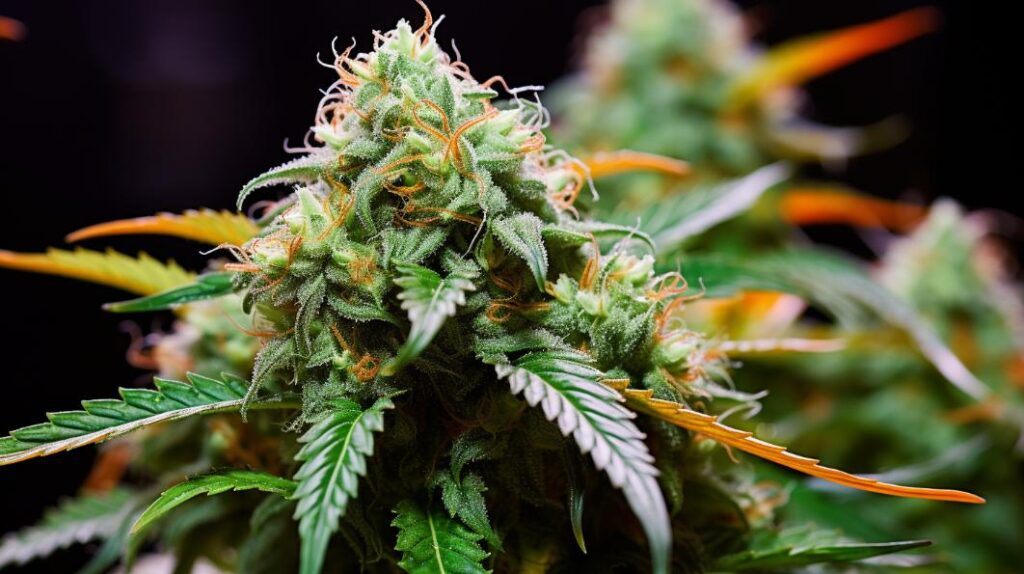
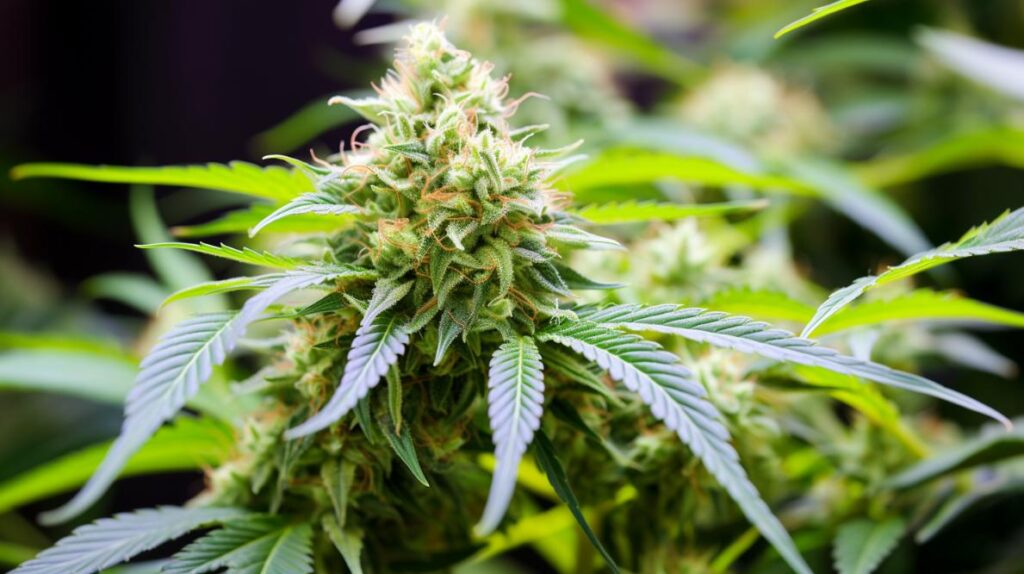
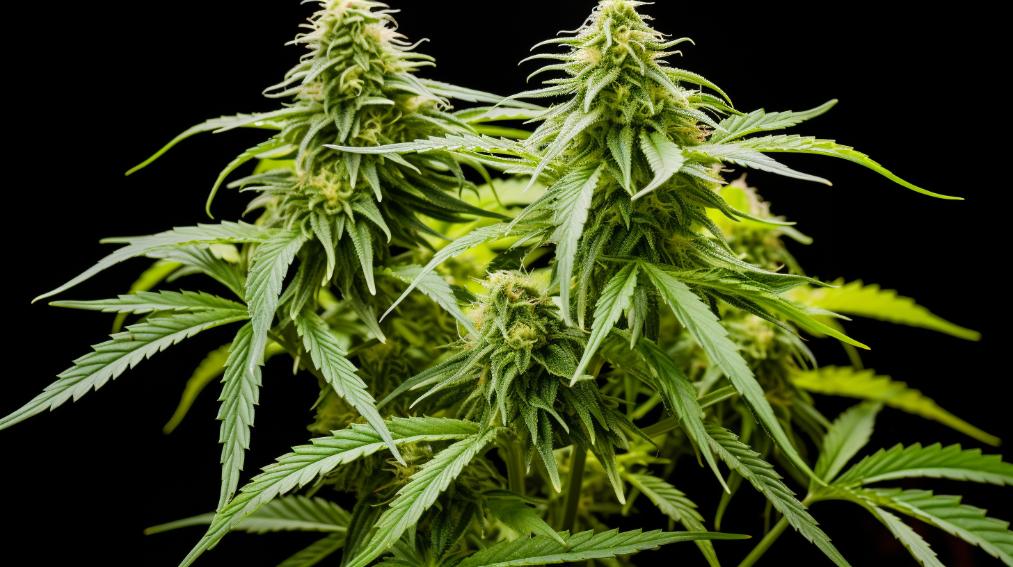
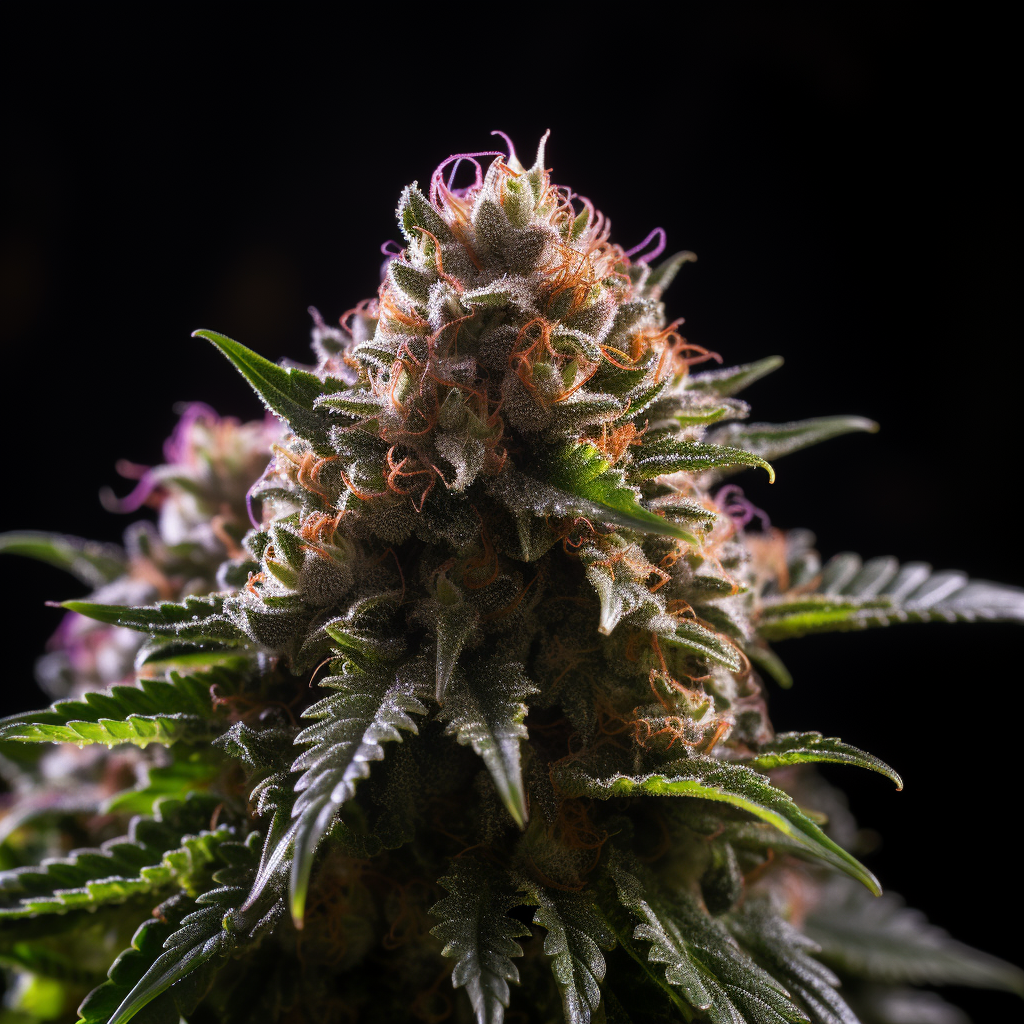
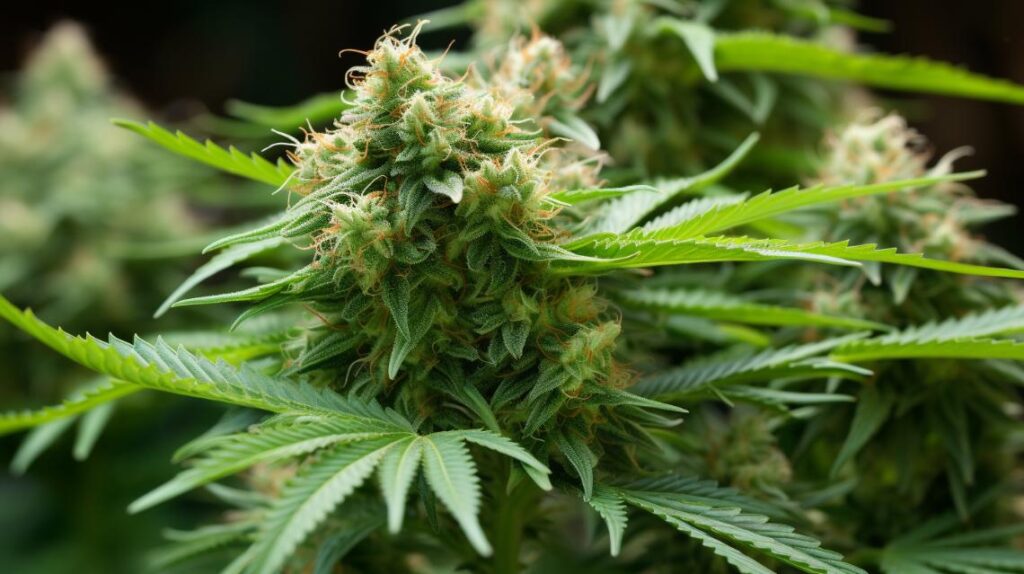

Responses